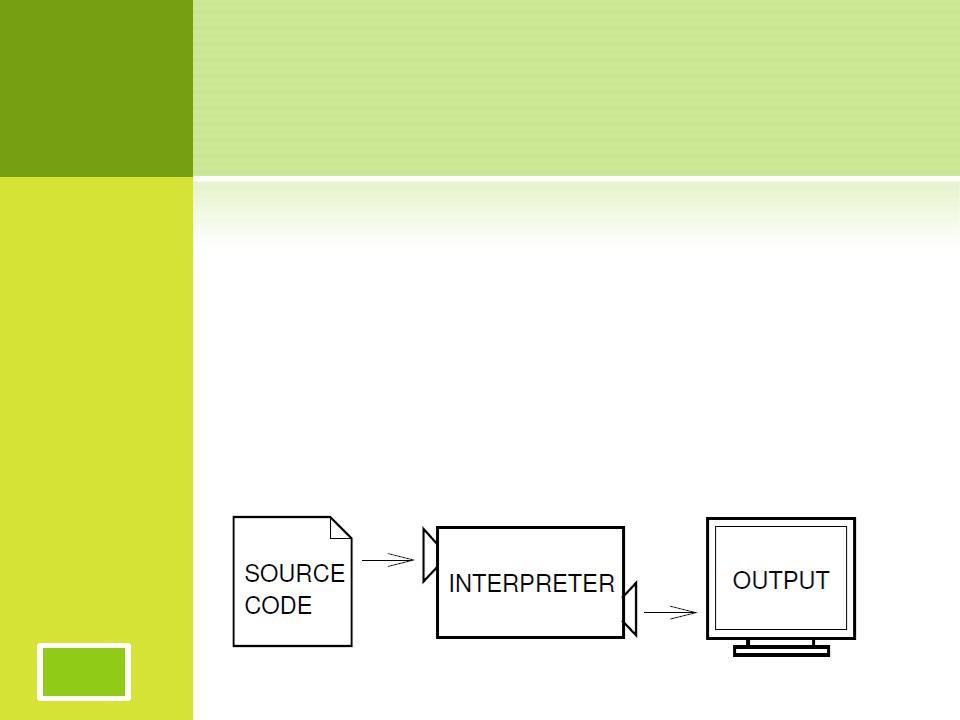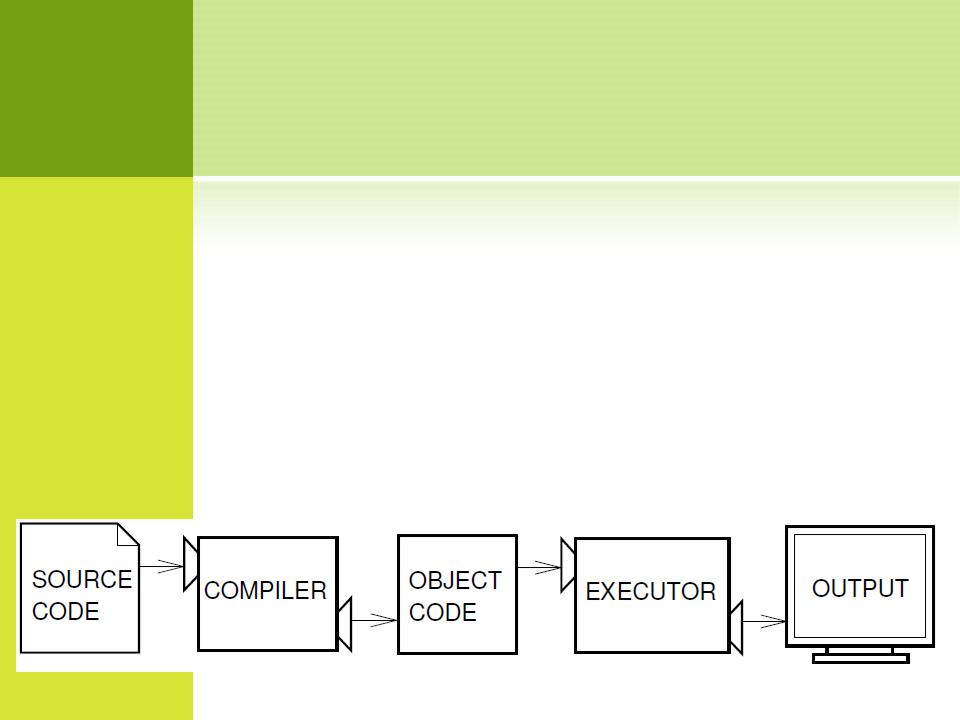
Lecture1
.pdf
From SDU: http://linux.sdu/~andrey
Lecture 1
BOOK: How to Think Like a Computer Scientist, Learning with Python
by: Allen Downey, Jeffrey Elkner, Chris Meyers
ALGORITHMS & PROGRAMMING
(PYTHON)
by: Andrey Bogdanchikov

CONTENTS
Gradation Policy
Motivation
High / low level languages
Interpreters / compilers
Program
Debugging
First program
2Install python

GRADATION POLICY
|
Attendance - 10% (4% lectures, 6% practice) |
|
|
Quizzes |
- 20% |
|
Tasks |
- 20% |
|
Midterm |
- 20% |
|
Final |
- 30% |
Marks distribution:
First 30% includes: 2 quizzes (10%), midterm (20%) Second 30% includes: 2 quizzes (10%), tasks (20%) Final 40% includes: Final exam (30%), Attendance (10%)
3

MOTIVATION
The single most important skill for a computer scientist is problem solving.
Problem solving means the ability to formulate problems, think creatively about solutions, and express a solution clearly and accurately.
As it turns out, the process of learning to program is an excellent opportunity to practice problem solving skills.
4

HIGH/ LOW LEVEL
LANGUAGES
The programming language you will be learning is Python.
Python is an example of a high-level language; other highlevel languages you might have heard of are C, C++, Perl, and Java.
As you might infer from the name “high-level language,” there are also low-level languages, sometimes referred to as “machine languages” or “assembly languages.”
Loosely speaking, computers can only execute programs written in low-level languages.
Thus, programs written in a high-level language have to be
|
processed before they can run. |
|
5 |
||
|
||
|
|

INTERPRETERS / COMPILERS
Two kinds of programs process high-level languages into low-level languages: interpreters and compilers.
An interpreter reads a high-level program and executes it, meaning that it does what the program says.
It processes the program a little at a time, alternately reading lines and performing computations.
6

INTERPRETERS / COMPILERS
A compiler reads the program and translates it completely before the program starts running.
In this case, the high-level program is called the source code, and the translated program is called the object code or the executable.
Once a program is compiled, you can execute it repeatedly without further translation.

PYTHON
Python is considered an interpreted language because Python programs are executed by an interpreter.
There are two ways to use the interpreter: command-line mode and script mode.
In command-line mode, you type Python programs and the interpreter prints the result:
|
$ python |
|
Python 2.4.1 (#1, Apr 29 2005, 00:28:56) |
|
Type "help", "copyright", "credits" or |
|
"license" for more information. |
8 |
>>> print 1 + 1 |
|
2

SCRIPT
Alternatively, you can write a program in a file and use the interpreter to execute the contents of the file. Such a file is called a script.
For example, we used a text editor to create a file named latoya.py with the following contents:
print 1 + 1
By convention, files that contain Python programs have names that end with .py.
To execute the program, we have to tell the interpreter the name of the script:
$ python latoya.py
9 2

WHAT IS A PROGRAM?
A program is a sequence of instructions that specifies how to perform a computation.
The computation might be something mathematical, such as solving a system of equations or finding the roots of a polynomial, but it can also be a symbolic computation, such as searching and replacing text in a document
10
